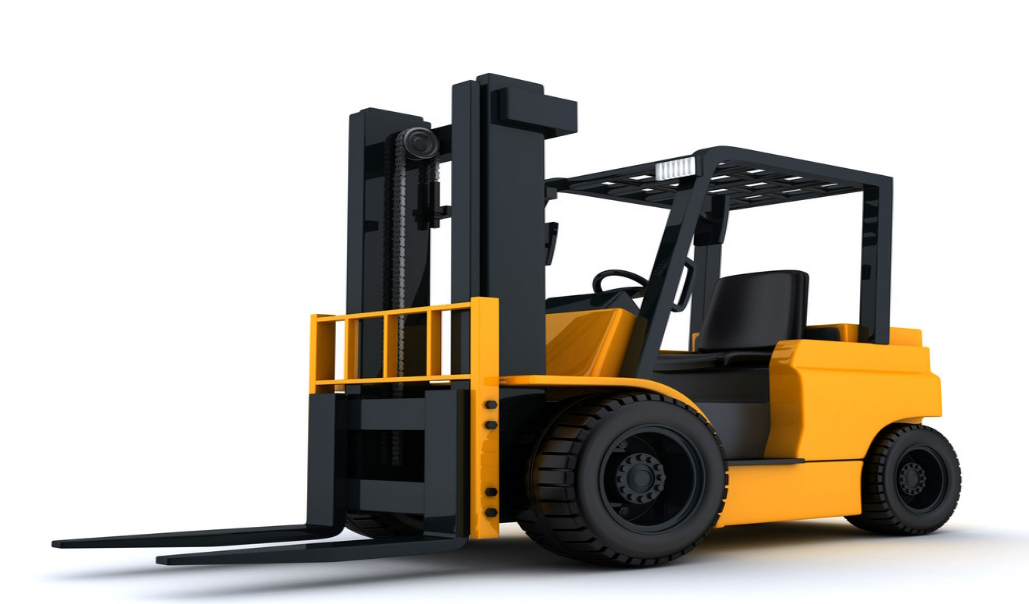Materials Handling Equipment in Industrial and Manufacturing Operations
- Written by NewsServices.com

Materials handling equipment is an essential tool in many industries, from manufacturing to warehousing and supply chain management. Materials handling equipment helps businesses move, store, protect, and manage materials more efficiently. This type of equipment includes forklifts, conveyors, pallet jacks and hoists – all of which can be used to safely move goods within a facility or between locations.
Not only does materials handling equipment make the job easier for employees by reducing physical strain associated with manual lifting, but it can also save time and money by streamlining processes. With advances in technology such as automated machines and robotic systems coming into play more frequently in industry settings, materials handling has become increasingly important over the years.
Types of Materials Handling Equipment
Materials handling equipment is an important part of any warehouse or factory. These machines are used to move, store, and manipulate goods throughout the production process. In order to maximize efficiency and safety, it’s important to understand the different types of materials handling equipment available.
- Cranes and Hoists: Cranes and hoists are lifting machines that are used for heavy loads such as large machinery or construction materials. They can be operated manually or through automated controls, depending on the size of the load being lifted. Cranes use cables or chains to suspend a hook from which objects can be lifted while hoists use gears and pulleys to lift heavy objects vertically.
- Forklifts: Forklifts are versatile pieces of material handling equipment that have many uses in a warehouse setting. They can be used for loading/unloading materials from trucks as well as moving pallets around a facility quickly and efficiently. Forklifts come in electric, gas-powered, diesel-powered varieties; each offering advantages depending on the application at hand.
- Automated Guided Vehicles (AGVs): AGVs are driverless vehicles that are programmed with predetermined paths for transporting goods between locations within a facility without manual guidance from an operator.
Safety Considerations when Operating Materials Handling Equipment
Materials handling equipment is an important part of many businesses and industries. It is used to transport, store, load, unload and handle products or materials in a safe and efficient manner. However, there are some safety considerations to keep in mind when operating these types of machines. This article will provide general guidelines for safe operation as well as specific hazards associated with each type of machine.
General Guidelines for Safe Operation
When operating any type of materials handling equipment, it is important to adhere to the following safety guidelines:
Always wear protective clothing including gloves, hard hats and steel-toe boots.
Make sure the equipment has been inspected regularly by a qualified technician and all safety features are functioning properly.
Read the operator's manual carefully before using any machine; be familiar with its controls and understand how it works before use.
Ensure that all guards are in place before starting the machine; never remove or bypass them for any reason.
Keep your hands away from moving parts at all times; do not attempt to reach into an area where you can get caught up by machinery components or other objects.
Conclusion
Materials handling equipment is an essential part of any industrial or manufacturing operation. It helps to improve safety, efficiency, and productivity in the workplace. With the right equipment and skilled operators, materials handling operations can be a smooth and successful endeavor.

























